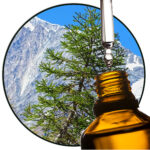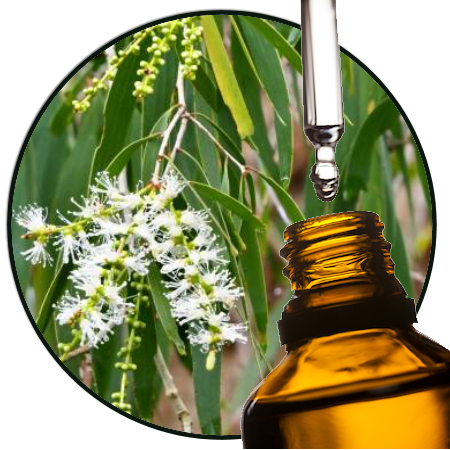

Cajeput EO
Name : Cajeput Essential Oil (in Indonesia Cajeputi oil / minyak kayu putih)
INCI : Melaleuca Leucadendron Leaf Oil
CAS : 8008-98-8
Fragrance : Fresh, powerful and medicinal — a brightening blend of eucalyptus-like camphor, soft spices and a subtle fruity undertone
Origin : Southeast Asia (often Vietnam, Indonesia or India)
Extraction method : Steam distillation of leaves and twigs
Color : Clear to light yellow
Texture : Thin, volatile
A fresh, camphor-like fragrance with spicy and slightly fruity notes that opens the airways and promotes mental clarity.
1st Class Quality Products
All fragrances are selected with care
Delivery from stock
We supply everything from our own stock, unless otherwise stated on the product itself.
Olfactory profile
- Top : Clear, stimulating, eucalyptus-like
- Heart : Spicy, green, slightly medicinal
- Base : Dry, woody, subtly fruity
- Atmosphere : Purifying, activating, antiseptic
Cajeput oil is often compared to Tea Tree and Eucalyptus, but is softer and slightly warmer in tone.
Ideal for aromatherapy, respiratory formulas and refreshing perfumes with a therapeutic character.
In fine perfumery, Cajeput oil is rarely used as a protagonist, but it has a subtle niche function as a refreshing, aromatic middle note with therapeutic flair.
Cajeput doesn’t add classic elegance like Neroli or Iris, but it offers a bright, cleansing energy that suits modern, functional fragrances — think scents that exude vitality, freshness, and mental focus.
Use in perfume formulation
- Olfactory role :
- Middle note with a fresh, camphor-like and slightly fruity undertone
- Similar to Eucalyptus, but softer and warmer
- Brings airiness and clarity to spicy, aromatic and wellness-inspired perfumes
- Application :
- In aromatic fougères , spa fragrances , and natural perfumes
- Ideal for wellness perfumes , active blends , or as an accent in mental clarity fragrances
- Can provide a refreshing contrast when combined with heavier woody notes or floral accords
Blends well with :
- Rosemary, Lavender, Lemon, Peppermint, Tea Tree, Vetiver
- Works as a bridge between fresh citrus and spicy resin notes
Dosage :
- Typical use: 0.1–0.5% in perfume composition
Applications in Aromatherapy
🫁 Breathing & airways
- Works as an expectorant : opens the airways in case of colds, coughs, bronchitis, sinusitis and asthma
- Ideal for use in a diffuser or inhalation blends
- Blends well with Eucalyptus, Rosemary and Peppermint
💆♀️ Muscles & joints
- Relieves muscle pain , rheumatic complaints and nerve pain
- Often used in massage oil for sports injuries
🧠 Mental clarity
- Stimulates alertness and concentration
- Helps with mental fatigue and stress
- Gives a feeling of inner purity and peace
🧴 Skin care
- Antiseptic and anti-inflammatory
- Suitable for acne , oily skin , insect bites , and mild infections
- May cause skin irritation at high concentrations — always dilute
👶 In children
- Use with caution, preferably mixed with Lavender
- Not recommended for young children for inhalation due to the 1,8-cineole content











